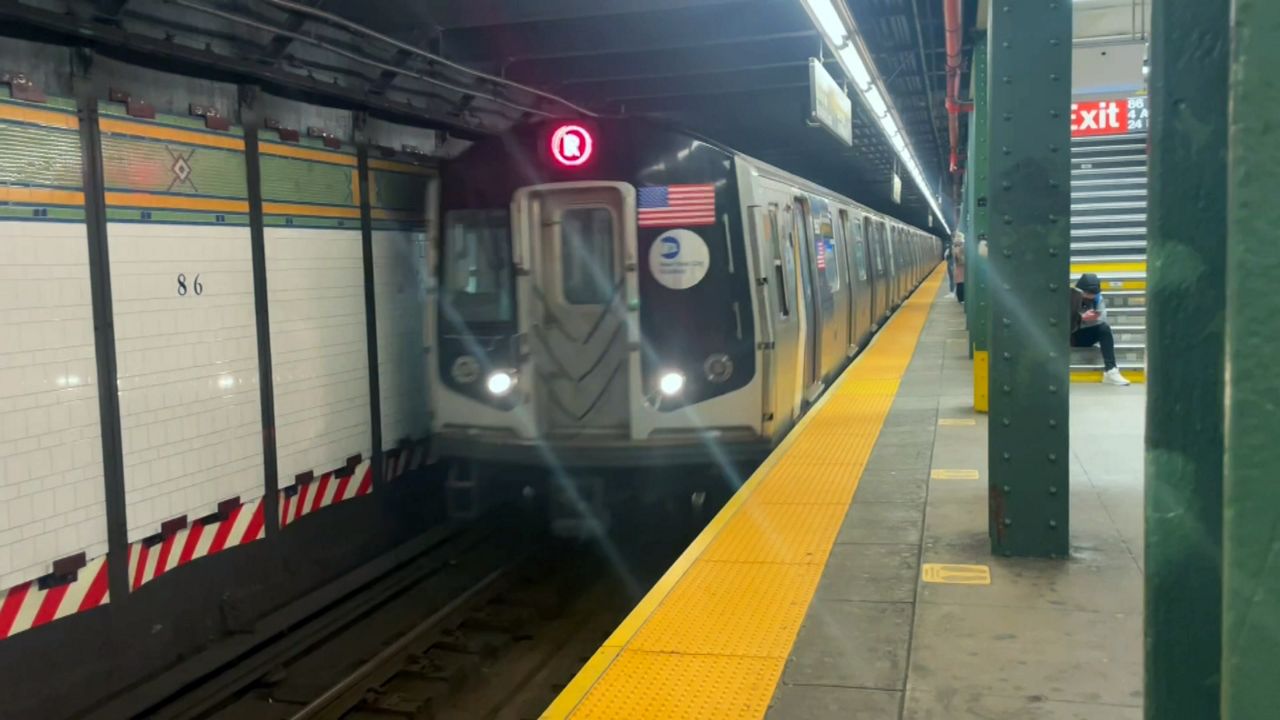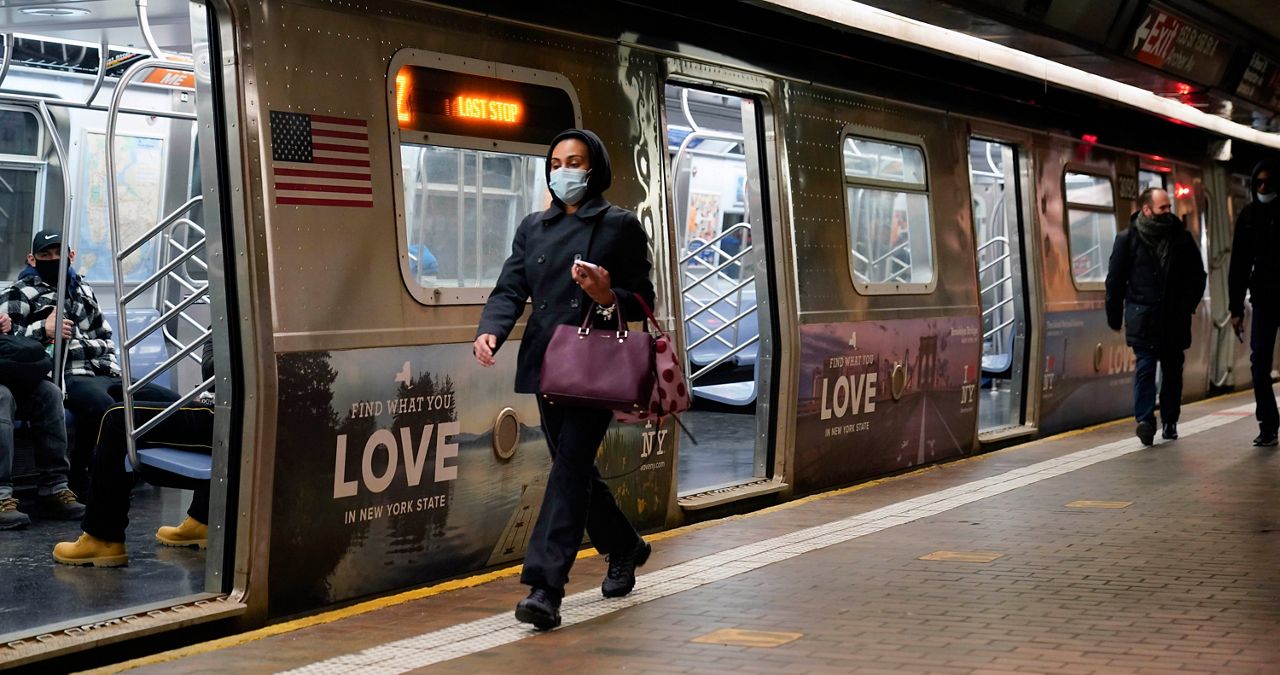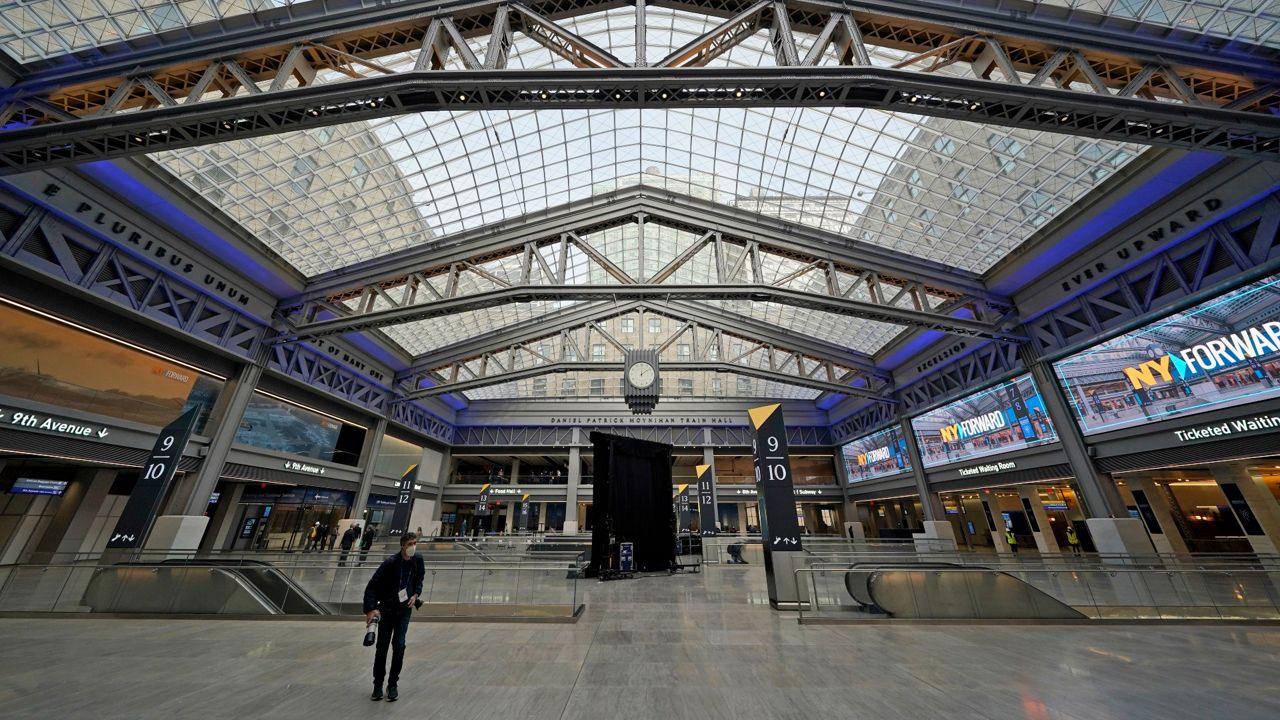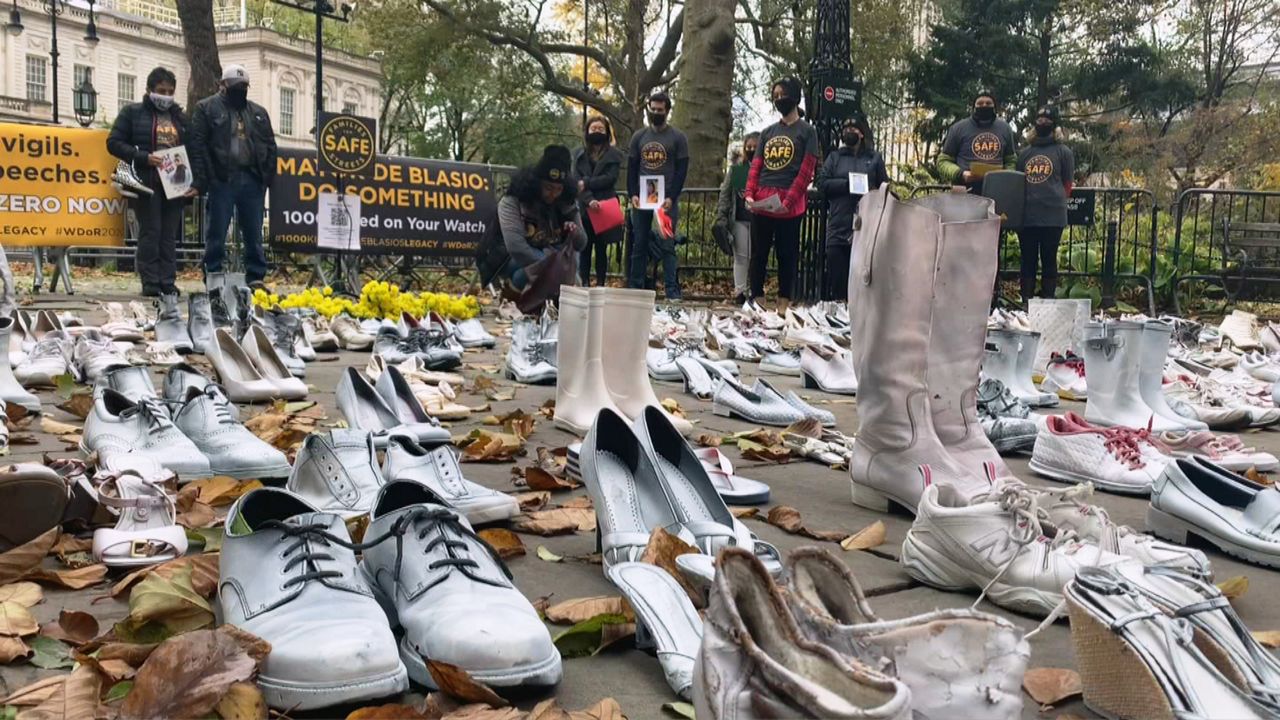NEW YORK — After a year in limbo, an extension to the Second Avenue subway line into East Harlem is gaining speed.
What You Need To Know
- The MTA expects $6.5 billion from the latest federal aid package to make up for its lost ridership during the pandemic
- The money will let the MTA use funds intended for large construction projects in its $51.5 billion capital plan, which includes the Second Avenue subway extension to East Harlem
- The Second Avenue subway extension of the Q line includes three new stations at 106th and 116th streets, and 125th Street at Lexington Avenue
“Sometimes just waiting on the bus, it could be 10, 15, 20 minutes if it’s off schedule or delayed so having the actual train station here, you would be able to just go in the station, wait, it would be a lot faster," said Travis Williams, an East Harlem commuter.
One day, he could skip the bus for the train, and simply pop into a subway station along Second Avenue.
The federal bailout of the MTA will allow transit officials to jump start major projects like the extension of the Second Avenue subway.
It would bring the Q line from 96th Street to 125th Street.
The plan is back on track, along with other transit projects, thanks to the coronavirus relief bill.
"Important projects like modernizing signals on our subway lines, adding new accessible stations, bringing Long Island Rail Road service to Grand Central Terminal, expanding Metro-North service to Penn with four new stations in the Bronx, and extending the second avenue subway top east and central Harlem are again under funding discussion," MTA Chairman Patrick Foye said at a monthly board meeting last Wednesday.
The MTA is getting $6.5 billion from Congress to prevent massive transit cuts and layoffs due to declining ridership.
That means, the MTA will not raid its so-called lockbox of funds - taxes on Internet purchases and homes over a million dollars - just to keep trains and buses running.
Instead, that money can pay for construction projects.
Further, MTA officials are now bullish on getting nearly $3 billion from the federal government to cover half of the potential cost of extending the Second Avenue subway.
"I think everybody who lives and works in the area where the extension already is would say it's a blessing and it helps revitalize the neighborhoods and the community, because now there's more traffic in a way that people will stop, and do a little shopping or whatever," said Robert Schwartz, a board member of the Manhattan Chamber of Commerce, and who runs Eneslow Shoes on the East Side.
Michael Stewart, who just moved out of East Harlem, believes the Second Avenue subway, would help the neighborhood he used to call home, and still visits.
"I thought that was a great vision for the city," said Stewart. "It's an important transit hub for a lot of people. A lot of people work in this area, they get up early and it's important for them to have movement."









